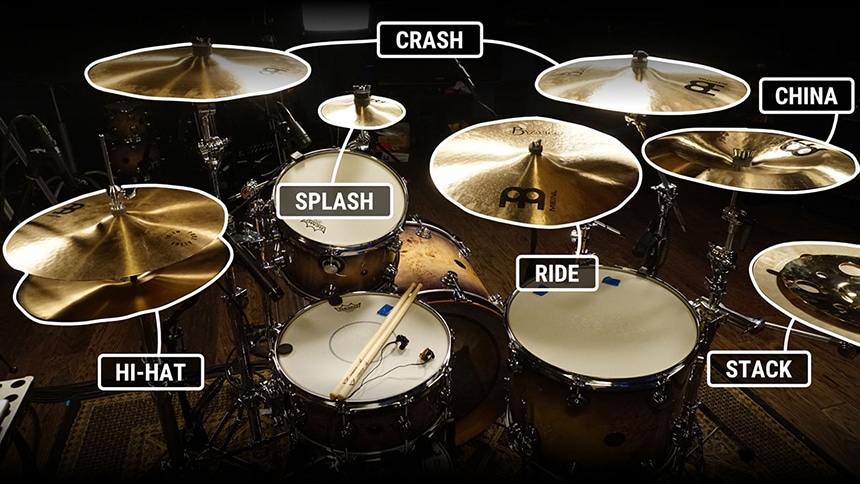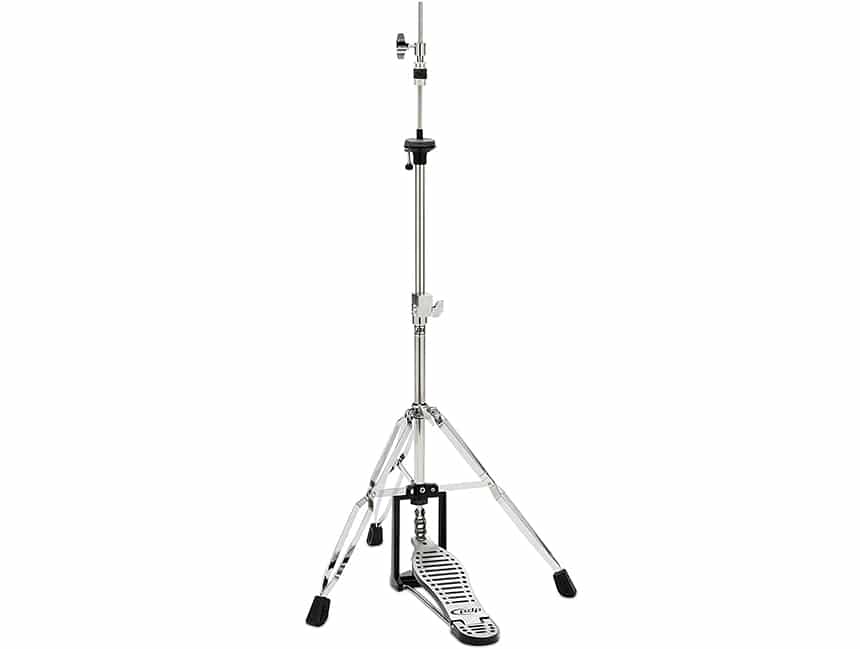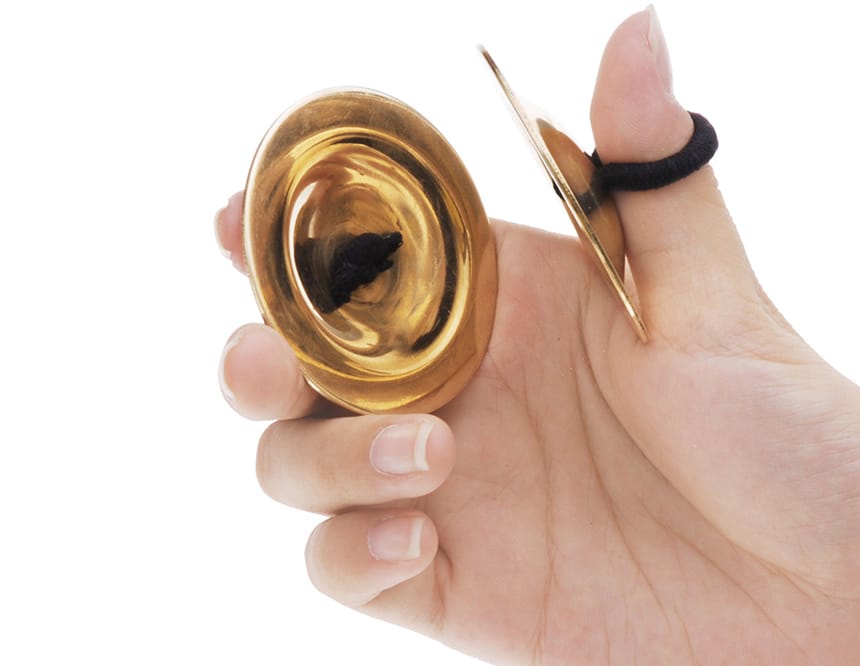As you peruse all the magical instruments on the market, one of the instruments that are the most powerful, dynamic, and noticeable is the cymbal. When looking at the various options on types of symbols, there are so many directions you can go. Each option offers a distinctly unique feature, yet there are differences in them all. As you consider the type of cymbal, you must account for a variety of compositional aspects to have a true understanding of what the cymbal is capable of.
Before we dive into what makes this instrument so special, we must account for how it got to us in the first place. According to Wikipedia, the history of the cymbal Trusted Source Cymbal - Wikipedia A cymbal is a common percussion instrument. Often used in pairs, cymbals consist of thin, normally round plates of various alloys. The majority of cymbals are of indefinite pitch, although small disc-shaped cymbals based on ancient designs sound a definite note (such as crotales). en.wikipedia.org goes back to China in the 3rd or 4th centuries. When you stop and think about it, any item that has endured countless centuries is one that has extreme value to people throughout the world and one that is versatile enough to do so.

When talking about cymbals, there are a number of things that we need to account for. First of all, cymbals are broken up into various different types. The most common types of cymbals are the four located below:
1. Hi-hats
2. Ride
3. Crash
4. Splash
With that said, nowadays, we have access to electronic drum sets as well. This option is one that benefits a more synthesized experience for a drummer. You have to think about what experience you are seeking to have. Using a traditional drum set may be more unpredictable but also provides more of a real-life experience than that of somebody that is using an electric drum set. One thing that you will also need if you select the electronic drum set is drumsticks. There are numerous drumsticks to select from for use on your electronic drum set.
If you’ve ever had the luxury of being with an earshot of a symbol, you clearly know that a drum set is near you. Moreover, each of the cymbals tends to give off a different sound. “What is that the case?” you may ask. Part of that answer is the material that the cymbal is comprised of. The three most common types of materials used for symbols are brass, B8 bronze, and B20 bronze.
Usually, the more inexpensive symbols are made of brass. However, they do make the worst sound of all symbols. The B8 bronze symbols are more expensive than the brass ones and do make a better sound. As you may have figured by now, the B 20 bronze symbol is the most expensive of the group and gives the best sound all around. When trying to determine what cymbals you are seeking to use, always account for the material they are made of.

When thinking about the shapes of cymbals, you must account for the type of cymbal that you are referencing. Based on your specific cymbal, the following characteristics make up the shape of that cymbal.
1. The length of the diameter
2. The thickness of the symbol
3. The length of the bell
4. The curvature along the radius, also known as the profile
5. The more the thickness tapers from the bell to the edge, also known as the taper
As we dive deeper into the cymbal universe, you must ask yourself: “what sound does a cymbal make?”. Well, that’s a great question because it varies based on the cymbal itself. The two most recognized kinds of sounds that they make are known as either dark or bright.
It is interesting to see that the references for the sounds are ones that we would normally consider descriptions for light. However, there is a reason it is described as such. The bright sounds are thought to be higher in pitch and louder all around. The dark sounds have a softer sound, and the sustain is not long-lasting. Usually, this type of sound plays more of a background role as it is not one that is clearly noticeable.
It is about that time where we start discussing the specific characteristics of each cymbal. The ride cymbal is known as such as they play along in a consistent rhythmic pattern in various types of genres that range from rock, pop, jazz, or blues. The physical make-up of the ride cymbals tends to be larger in size and have a thicker taper. When looking for the best ride cymbals currently on the market, there are plenty of good options to choose from. Access to ride cymbals can be found via various, so finding them can be enjoyable.
Interestingly enough, crash cymbals are considered very similar to that of ride cymbals. However, there are some unique distinctions that set it apart from the former cymbal. Crash cymbals tend to be smaller; their taper varies more than that of the ride cymbals. According to most reviews, the sturdiest model must be the 20” Kerope cymbal from Zildjian, which, thanks to its reinforced construction, is the most reliable option out there.

The next type of cymbal that we’ll be addressing is the hi-hat cymbal. This type of cymbal is one of the most well-known types of cymbals of the drum set arrangement. When thinking about hi-hats, they tend to come in 4 sizes: the 12-inch, 13-inch, 14-inch, and 15-inch cymbals.
In regard to the sounds that each type makes, keep in mind that the smaller hi-hats tend to give off a brighter sound while also responding quickly to fast and elaborate rhythms. On the other hand, the larger hi-hats are often louder and are conducive to more hard rock type of music. Selecting a hi-hat that meets the needs of what you are seeking to accomplish can be challenging in itself, but you also have to determine a hi-hat stand that works specifically for you. When considering high-hat stands, there are numerous high-quality stands to select from.
Now that we’ve covered some of the more common cymbals, we’re going to give a look at some of the others that are just as unique and are popular amongst many. The china cymbals are recognized for providing complex and aggressive sounds that provide emphasis to the music. Many in the music industry rely on china cymbals to drive certain feelings home within the music. It is moments like the sounds given off by these symbols that many of us recall as memorable.
Swish cymbals are a unique take on a certain ride or china cymbals. Aside from the difference in sound it gives off, the bow displays holes and rivets in its physical make-up. If you were to walk into a music store to look at cymbals, this particular cymbal would be one that would stand out immediately. Most of these types of cymbals vary in size, and they range from the 16-inch option to the 22-inch option.
All cymbals display their unique characteristics, but the splash cymbal has a name that exudes a high level of recognition. If anything is going to be a splash, it is going to be very noticeable. That is what drummers are looking to accomplish with this cymbal. Certain drummers are looking to create special effects while drumming, so they turn to splash cymbals. These cymbals create certain sounds that are sharp and short in nature.
One of the more unique arrangements of all cymbals is that of the stack cymbals. These cymbals are true to their name, they are cymbals that are stacked on top of each other. The purpose for setting up the symbols in this way is that it leads to a sound being created based on the sound reaction caused by the hitting of the tops cymbal. Usually, this type of sound can cut through other sounds in a dynamic way as it gives off its own unique sounds. When you visualize the use of stack cymbals, it gives off a sort of domino-like look to how cymbals sequentially bang into each other. For those of you who have yet to see it in action, there are numerous Youtube videos Trusted Source Different Ways to Stack Your Cymbals - YouTube Join Sweetwater Sales Engineer Mark Johnson for some great ideas on how to stack cymbals to customize your drum sound. www.youtube.com that show how awesome a sound they really give.
When thinking about the effects of cymbals, they do not reference a specific cymbal in general. These types of cymbals can apply to a variety of cymbals already discussed thus far. Effects cymbals can range in size, yet they tend to give off a similar sound to that of crash, ride, or splash cymbals.

If most people were asked to identify where cymbals would be located, most of them would respond with an answer that references a drum set. Most people would be right to think that, but finger cymbals are not located there. These types of cymbals are used predominantly by belly dancers or performers that provide the same type of entertainment.
Like its cousin, the finger cymbals, the hand cymbals are not necessarily located on a drum set. You are more likely to see these types of cymbals in a concert hall environment. If you have had the luxury of attending your local symphony, you are aware of the type of volume and power that these hand cymbals can lend to a score. It also shows how versatile these cymbals can be as they are used without a stand and without the need for drumsticks.
If you are over 40 years old, you might remember a famous show called the “Gong Show.” The premise of the show was for the contestant to perform an act and be selected by the judges. If the act was not their liking, the gong would be hit, giving off a loud sound notifying all within ear range that the contestant was no longer allowed to perform.
That is why the gong cymbal is one of the more recognized cymbals in the world. It is usually used to give a large crashing sound to notify all that it has been hit. In my opinion, this approach would make modern-day shows like “The Voice” way more interesting. Sure, one could argue that the use of the gong cymbal is quite intrusive, yet that is totally the point when the gong is hit with force.
As we wrap up our “everything you needed to know about cymbals” segment, we are reminded of the beauty, versatility, character, and power that each of these cymbals brings to the musical environment. As musicians or people that have an appreciation for music, we understand that music is not music without the incorporation of cymbals. What makes cymbals so special is accounting for the types of cymbals while also stopping to recognize the meaning that each one of those cymbals brings to the musician and to the individuals taking in the music.
As we reflect on how cymbals came to be and how they have been used in music throughout our history, it is truly a blessing to be able to be surrounded by the sweet, crashing sounds that some of those cymbals give off. The reality is: we are a better society for the breadth of music we consume, and music would not be as impactful in our lives without the magic of cymbals in our lives.